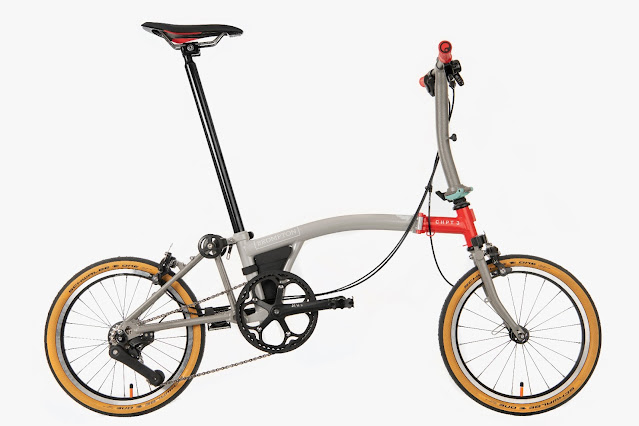Mastering Golf Grip Techniques
 |
| Mastering Golf Grip Techniques |
Mastering the Art of Golf Grip: A Comprehensive Guide
When it comes to the sport of golf, the grip is an often underestimated but crucial aspect of a player's game. A proper golf grip can significantly impact your swing, accuracy, and overall performance on the course. In this comprehensive guide, we will delve into various techniques and methods to help you perfect your golf grip, enabling you to take your game to the next level. Whether you're a beginner or a seasoned golfer looking to refine your skills, these tips will prove invaluable.
Understanding the Basics
The Importance of a Solid Grip
Before we dive into the different grip styles and methods, let's emphasize why a solid grip is paramount in golf. Your hands are the only points of contact between you and the club, making your grip the foundation of your swing. A weak or improper grip can lead to inconsistencies, slices, and hooks, which can negatively affect your scores and overall enjoyment of the game.
The Three Fundamental Grips
There are three primary types of golf grips: the Vardon Overlap Grip, the Interlocking Grip, and the Baseball Grip.
1. Vardon Overlap Grip
The Vardon Overlap Grip, also known as the Overlapping Grip, is the most commonly used grip among professional golfers. To execute this grip:
- Place your left hand on the club's handle, positioning it diagonally across the grip.
- Allow your left pinky to rest on top of your right hand's index finger.
- Wrap your right hand around the club so that your right pinky rests in the gap formed by your left hand's index and middle fingers.
- Ensure that your hands work together as one unit, creating a secure connection with the club.
2. Interlocking Grip
The Interlocking Grip is another popular option, often favored by golfers with smaller hands or those who struggle with the Vardon Grip. To use this grip:
- Place your left hand on the club's handle, similar to the Vardon Grip.
- Instead of resting your left pinky on top, interlock it with your right hand's index finger.
- Secure your grip by wrapping your right hand around the club, ensuring a tight connection.
3. Baseball Grip
The Baseball Grip, also known as the Ten-Finger Grip, is typically recommended for beginners or players with hand or finger issues. It offers a more relaxed grip style:
- Position both hands on the club's handle, with no interlocking or overlapping.
- Your left hand's pinky and right hand's index finger should both be in contact with the grip.
- This grip provides a larger surface area for those who struggle with hand strength.
Perfecting Your Grip
Hand Placement and Pressure
Now that we've covered the fundamental grip styles, let's discuss proper hand placement and pressure. Regardless of the grip you choose, these principles apply:
- Your left hand (for right-handed golfers) should be positioned on the club's handle so that your thumb runs down the shaft.
- The "V" formed by your thumb and index finger should point toward your right shoulder.
- Your right hand should mirror the left hand's position, with the thumb also running down the shaft.
- Apply moderate pressure with both hands, maintaining a firm but not overly tight grip.
- Avoid squeezing the club too tightly, as this can hinder your wrist action during the swing.
Addressing Common Grip Issues
Hooking
If you find that your shots tend to hook to the left (for right-handed golfers), you may have a grip issue. To correct this, check the following:
- Ensure that your grip is not too strong, meaning your hands are turned excessively to the right on the grip.
- Experiment with a slightly weaker grip by adjusting your hand positions.
Slicing
On the other hand, if you consistently slice your shots to the right (for right-handed golfers), your grip might be too weak. To remedy this:
- Strengthen your grip slightly by adjusting your hand positions.
- Ensure your hands work together harmoniously during your swing.
Practice Makes Perfect
Mastering your golf grip will take time and practice. Spend ample time on the driving range, experimenting with different grip styles and adjustments to find what works best for you. Seek advice from a golf instructor if you're struggling to make improvements.
Conclusion
In golf, the grip is the foundation upon which your swing is built. Neglecting this crucial aspect can lead to inconsistent play and frustration on the course. By understanding the fundamentals of the Vardon Overlap Grip, Interlocking Grip, and Baseball Grip, as well as proper hand placement and pressure, you can take significant strides in improving your golf game.
Remember, practice and persistence are key to perfecting your golf grip. With dedication and the right techniques, you can transform your grip into a powerful asset that enhances your overall performance and enjoyment of the game. So, get out there, hit the links, and start mastering the art of the perfect golf grip!







Comments
Post a Comment